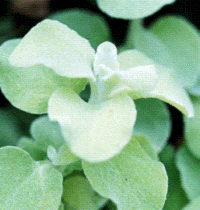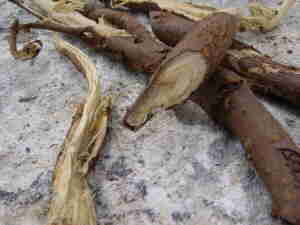 SKC Films Library SKC Films Library |
|
|
| SKC Films Library >> Agriculture >> Plant Culture >>
Field Crops |
  Licorice Licoricelik' er ish, a very sweet and flavorful plant Licorice is a perennial herb in the same family as peas and beans. It has a thick rootstock with many long, sparingly branched rhizomes, small seed pods that resemble those of peas, and small purplish to whitish blue flowers about 1/2 inch long. The plant is most likely native to the warm parts of the Mediterranean region, but is now cultivate in much of southern Europe, southern China, and northern Africa. It is commercially cultivated in Spain, southern Russia, Turkey, and Italy. Licorice roots contain a chemical called glycyrrhizin that is 30-50 times sweeter than sucrose, and it is for this chemical that the plant is grown commercially. Licorice root extract is used as a flavoring in a variety of foods and drinks, including candies. The extract may also have some therapeutic properties, and is currently being studied for its effectiveness in treating a variety of gastric disorders, sore throat, cough, and some bacterial infections.
Scientific Classification order Fabales SEE ALSO |
SKC Films Library >> Agriculture >> Plant Culture >> Field Crops This page was last updated on 01/09/2017. |

 Although licorice root is sold in most herbal
medicine and health food stores, it should be noted that
the effectiveness of licorice extract as a medicine has
yet to be determined. In addition, while licorice is
generally safe in normal consumption dosages,
large-scale, long-term use can cause high blood pressure,
low potassium levels, weakness, and paralysis, and even
small amounts of licorice can be harmful for those
already suffering from heart disease, kidney disease, or
high blood pressure. In addition, doctors recommend that
pregnant women avoid licorice all together as there may
be a link between glycyrrhizin and premature birth.
Although licorice root is sold in most herbal
medicine and health food stores, it should be noted that
the effectiveness of licorice extract as a medicine has
yet to be determined. In addition, while licorice is
generally safe in normal consumption dosages,
large-scale, long-term use can cause high blood pressure,
low potassium levels, weakness, and paralysis, and even
small amounts of licorice can be harmful for those
already suffering from heart disease, kidney disease, or
high blood pressure. In addition, doctors recommend that
pregnant women avoid licorice all together as there may
be a link between glycyrrhizin and premature birth.